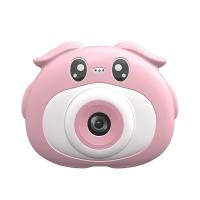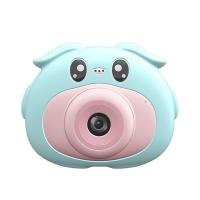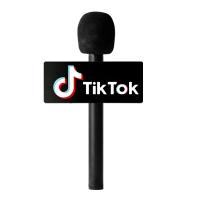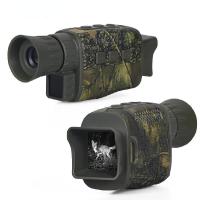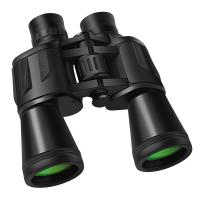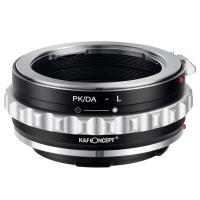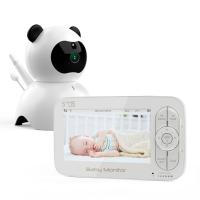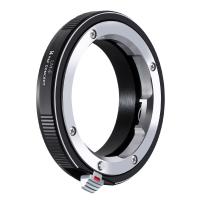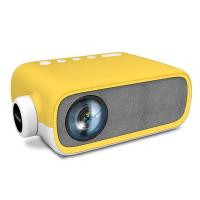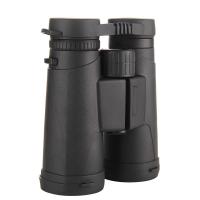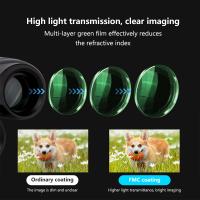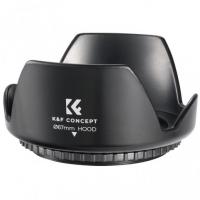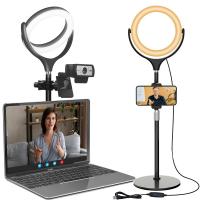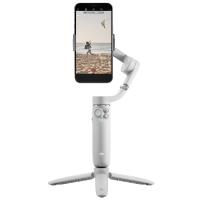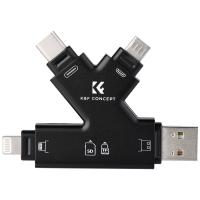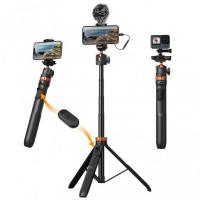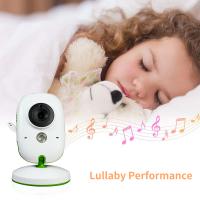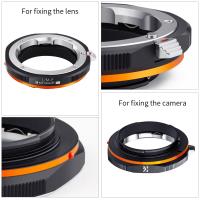What Are Good Binoculars?
When it comes to choosing a good pair of binoculars, the options can be overwhelming. With a myriad of brands, models, and specifications available, making an informed decision requires understanding your specific needs and how different features cater to those needs. In this article, we will delve into the key factors to consider when selecting binoculars, the various types available, and some top recommendations based on different use cases.
Understanding Binocular Specifications
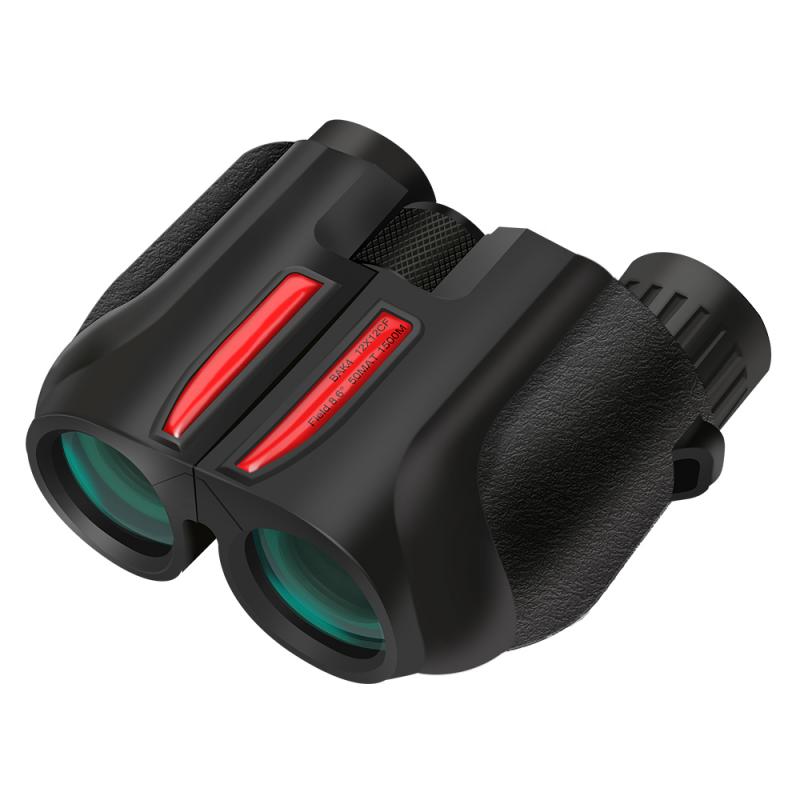
Before diving into specific models, it’s crucial to understand the basic specifications that define binoculars:
1. Magnification and Objective Lens Diameter: This is usually represented as 10x42, where 10x is the magnification power and 42mm is the diameter of the objective lens. Higher magnification allows you to see further, but it can also make the image shakier and reduce the field of view. The objective lens diameter affects the amount of light that enters the binoculars, impacting image brightness and clarity.
2. Field of View (FOV): This is the width of the area visible through the binoculars at a specific distance, usually measured in feet at 1,000 yards. A wider FOV is beneficial for tracking moving objects and scanning large areas.
3. Exit Pupil: This is the diameter of the beam of light that exits the eyepiece, calculated by dividing the objective lens diameter by the magnification. A larger exit pupil provides a brighter image, especially in low-light conditions.
4. Eye Relief: This is the distance from the eyepiece to your eye where the full field of view is visible. Longer eye relief is essential for eyeglass wearers.
5. Prism Type: Binoculars use either Porro prisms or roof prisms. Porro prisms are generally bulkier but offer better depth perception and a wider field of view. Roof prisms are more compact and durable but can be more expensive.
Types of Binoculars

1. Compact Binoculars: These are small, lightweight, and easy to carry, making them ideal for casual use, travel, and concerts. They typically have lower magnification and smaller objective lenses, such as 8x25 or 10x25.
2. Full-Size Binoculars: These offer better image quality and brightness, suitable for bird watching, wildlife observation, and stargazing. Common specifications include 8x42 and 10x50.
3. Marine Binoculars: Designed for use on water, these binoculars are waterproof and often have features like built-in compasses and rangefinders. They usually have lower magnification to reduce image shake, such as 7x50.
4. Astronomy Binoculars: These have large objective lenses to gather more light, essential for viewing celestial objects. They are often heavier and may require a tripod for stability, with specifications like 15x70 or 20x80.
Key Features to Look For
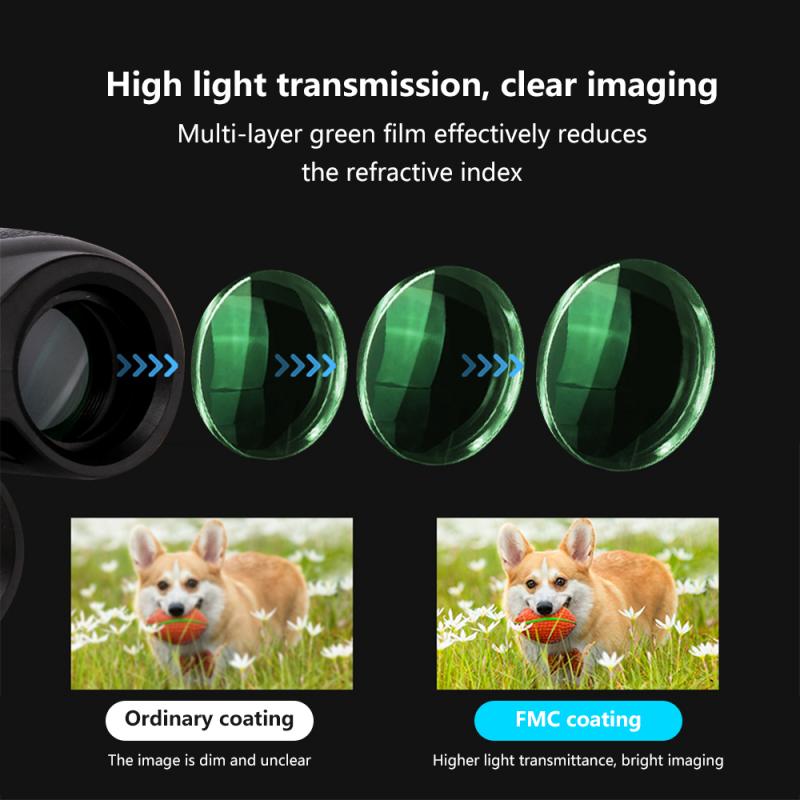
1. Waterproof and Fogproof: If you plan to use binoculars in harsh weather conditions or near water, look for models that are waterproof and fogproof. These are usually nitrogen or argon purged and sealed with O-rings.
2. Lens Coatings: Quality binoculars have coated lenses to reduce glare and improve light transmission. Fully multi-coated lenses offer the best performance.
3. Durability: Rubber armor provides a non-slip grip and protects the binoculars from bumps and drops. Look for models with a robust build quality.
4. Adjustable Eyecups: These allow you to customize the fit for comfortable viewing, especially if you wear glasses.
Top Recommendations
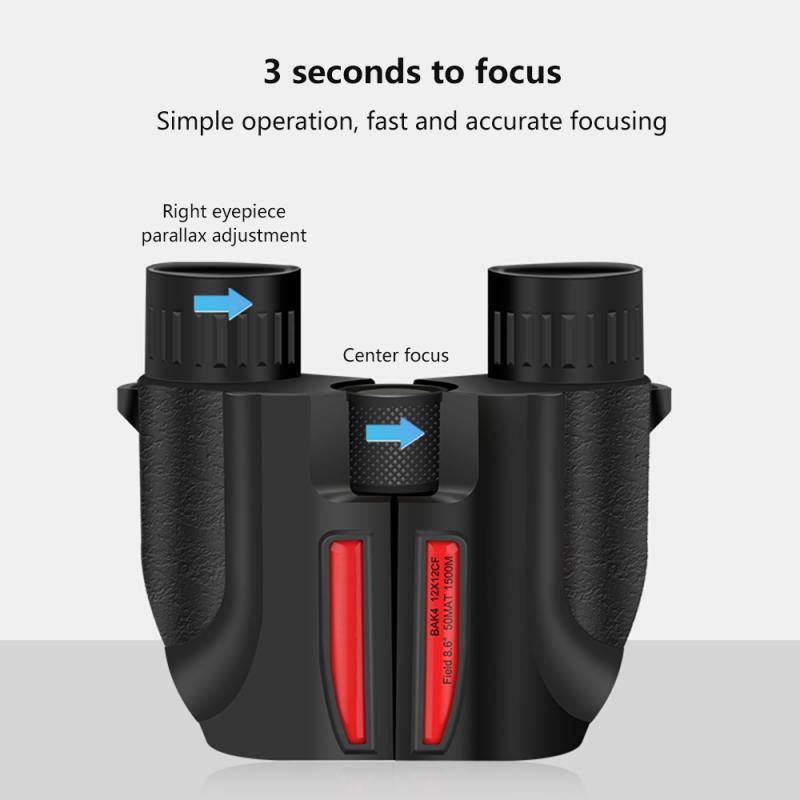
1. Best Overall: Nikon Monarch 5 8x42
- Pros: Excellent image quality, durable, waterproof, and fogproof.
- Cons: Slightly heavier than some competitors.
2. Best for Bird Watching: Vortex Optics Viper HD 10x42
- Pros: High-definition optics, wide field of view, lightweight.
- Cons: Higher price point.
3. Best Compact: Zeiss Terra ED 8x25
- Pros: Compact, lightweight, excellent optics.
- Cons: Smaller objective lens limits low-light performance.
4. Best for Marine Use: Steiner Marine 7x50
- Pros: Waterproof, built-in compass, rugged design.
- Cons: Bulky and heavy.
5. Best for Astronomy: Celestron SkyMaster 15x70
- Pros: Large objective lenses, excellent for stargazing, affordable.
- Cons: Requires a tripod for stability.
Practical Tips for Choosing Binoculars
1. Define Your Primary Use: Determine whether you need binoculars for bird watching, hiking, marine use, or stargazing. This will help narrow down the specifications and features you need.
2. Try Before You Buy: If possible, test different models in a store to see which ones feel comfortable and provide the best image quality for your eyes.
3. Consider Your Budget: While it’s tempting to go for the highest-end models, there are excellent options available at various price points. Determine your budget and look for the best value within that range.
4. Read Reviews: User reviews and expert opinions can provide valuable insights into the performance and durability of different models.
5. Check Warranty and Support: A good warranty and reliable customer support can be crucial, especially for higher-end binoculars.
Choosing the right binoculars involves balancing various factors such as magnification, objective lens diameter, field of view, and specific features tailored to your needs. Whether you are a bird watcher, a stargazer, or an outdoor enthusiast, there is a perfect pair of binoculars out there for you. By understanding the key specifications and considering your primary use, you can make an informed decision and enjoy a clearer, more detailed view of the world around you.



